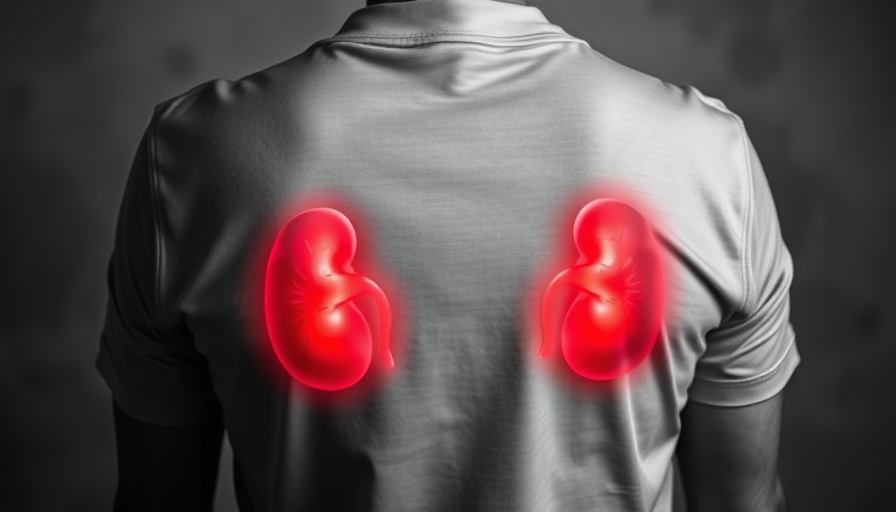
New Hope for Congenital Adrenal Hyperplasia Treatment
Recent advancements in the treatment of Congenital Adrenal Hyperplasia (CAH) due to 21-hydroxylase deficiency have emerged, promising healthier living for both adults and children diagnosed with this condition. The new oral drug, crinecerfont, was highlighted at the 2025 annual meeting of the American Association of Clinical Endocrinology (AACE), showcasing its ability to balance glucocorticoid tension while actively managing excessive androgen levels, a significant breakthrough.
The Mechanism Behind Crinecerfont
In classic CAH, a critical enzyme known as 21-hydroxylase fails to function adequately, leading to insufficient cortisol and aldosterone levels. This deficiency triggers the body to overproduce hormones such as corticotropin-releasing factor and adrenocorticotropic hormone (ACTH), resulting in excessive adrenal androgens. These excess androgens can lead to various complications, including rapid growth and precocious puberty in children, among other hormonal imbalances in adults.
How Does Crinecerfont Work?
Crinecerfont operates as a selective corticotropin-releasing factor type 1 receptor antagonist. By acting on the pituitary gland, it reduces the production of adrenal androgens without relying solely on glucocorticoids. This groundbreaking approach allows for the administration of lower doses of glucocorticoids, as crinecerfont takes charge of suppressing ACTH and androgen production effectively. According to Vivian H. Lin, MD, the drug promises a targeted intervention that aims to optimize hormone replacement therapy.
Improving Quality of Life for Patients
As highlighted by Dr. David C. Lieb, the implications for patients are profound. The reduction in glucocorticoid dosage could lead to fewer side effects, such as decreased risk for obesity, type 2 diabetes, and cardiovascular problems, enhancing the overall quality of life for individuals affected by CAH. Especially for children and adolescents, this could mean not just improved health, but also a more stable growth trajectory.
What This Means for Families
Parents grappling with the challenges of CAH in their children have had to navigate complex drug regimens that often included high doses of steroids, which can lead to additional health complications. With crinecerfont, families might find relief knowing that the therapy aims to maintain optimal hormone levels while reducing potential risks associated with traditional treatments.
Raising Awareness about CAH
Understanding CAH and its implications is essential not only for those diagnosed but also for families and communities. Increased awareness can herald more comprehensive healthcare approaches and generate discussions about preventive measures. Educational initiatives can lead to better management strategies, ensuring that those affected lead healthier lives.
Future Perspectives in CAH Treatment
As crinecerfont is integrated into treatment plans, it may pave the way for new standards in medical care for CAH. Emphasizing the dual action—reducing glucocorticoid doses while controlling androgen levels—underscores the potential for real change in the treatment landscape. Ongoing research and patient feedback will be crucial in refining these therapies further and exploring new possibilities for individuals with this condition.
Final Thoughts
Crinecerfont is not just a medication; it symbolizes hope and a step forward in managing congenital adrenal hyperplasia. For families and individuals affected by CAH, the future may indeed be brighter with fewer side effects and improved health management strategies. As the medical field continues to evolve, the integration of innovative treatments like crinecerfont can offer renewed optimism in the quest for a balanced, healthy life.
 Add Row
Add Row  Add
Add 



 Add Row
Add Row  Add
Add 
Write A Comment